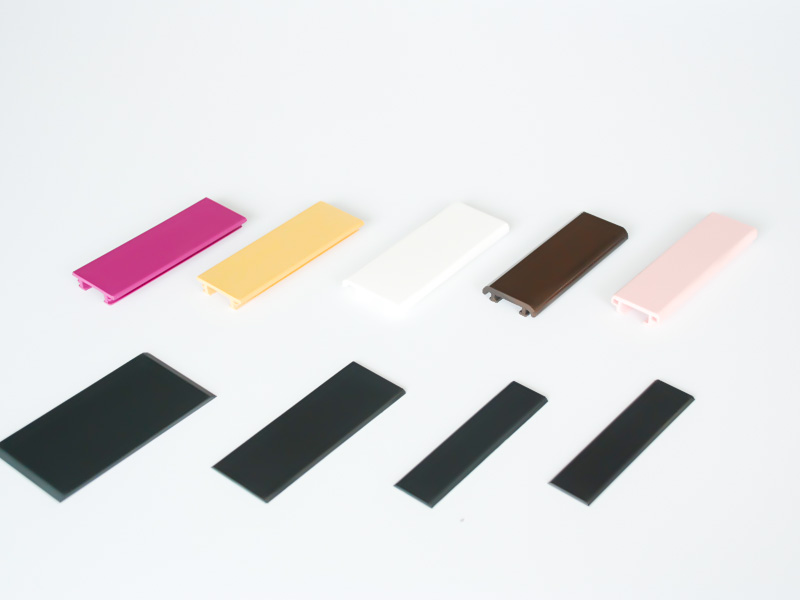If you are looking for a alumina ceramic components, you may be wondering what the benefits are of alumina. This article will give you a brief overview of what alumina is and the various uses it can serve. Once you understand how alumina works, you'll be well on your way to choosing a component for your project. There are many ways to get the components you need at a reasonable price, including custom design and polishing services.
Another advantage of alumina is its resistance to plasma fluorine. This material is capable of being processed under vacuum in many environments, including plasma-fluorine-exposed areas. Depending on its chemistry, alumina ceramics can be used in many articles of manufacture. Vacuum processing apparatus components made of alumina include crucibles and bell jars. It can also be used in gas distribution shields and nozzles for CVD reactors. Its flexural strength increases with plasma-fluorine-resistant alumina ceramics.
The pore size of the alumina ceramic component produced with the inventive process is much smaller than that of alumina ceramics manufactured using conventional processes. For this reason, particle emission from the alumina ceramic component produced by the inventive process is reduced by at least half, and the pore size is between 10 and 250 microns. This feature makes high-alumina insulation more thermally efficient and has a better lifetime, so the next step is designing a finer alumina matrix.


Alumina ceramic materials are typically produced using a sintering process. They are produced from powdered alumina that typically contains a desired range of grain sizes. Their average size ranges from one to three microns. Afterward, they are combined with a binder and compressed to form a green body. This green body is typically composed of ninety-five percent alumina and five percent binder. The material is then sintered at an ambient temperature of 1650degC, for four hours.
Another method of making ceramic materials using the present invention is to use alumina powders. Alumina powders in one embodiment are approximately one to five microns in size, although any suitable alumina powder falls within this range. In one embodiment, the particles are 0.1 to five microns in size. Alumina ceramic materials produced by this method are also resistant to abrasion and thermal shock. The resulting alumina ceramic materials can withstand high temperatures and have a long shelf life.
Another use for alumina ceramics is as an industrial ceramic. Their purity ranges from 70 to 99.9%, with the higher purity increasing the wear resistance and corrosion resistance of the material. Alumina ceramics come in two forms, hydrated and calcined, and are similar to table salt in texture. Alumina is also bioinert, meaning that it does not react chemically with other materials. Alumina ceramics are very hard, making them perfect for mill linings and reducing wear and tear.
96% Alumina is a form of ultra-pure alumina that is ideal for many uses. It is a strong, dense, and abrasion-resistant ceramic, and can be metal-coated to make it stronger. Because of its abrasion resistance, it is an excellent choice for high-temperature brazing. It also serves as an electrical insulator. Moreover, it is a useful material for medical implants and can be molded into body armor.
 EN
EN
 Chinese
Chinese







